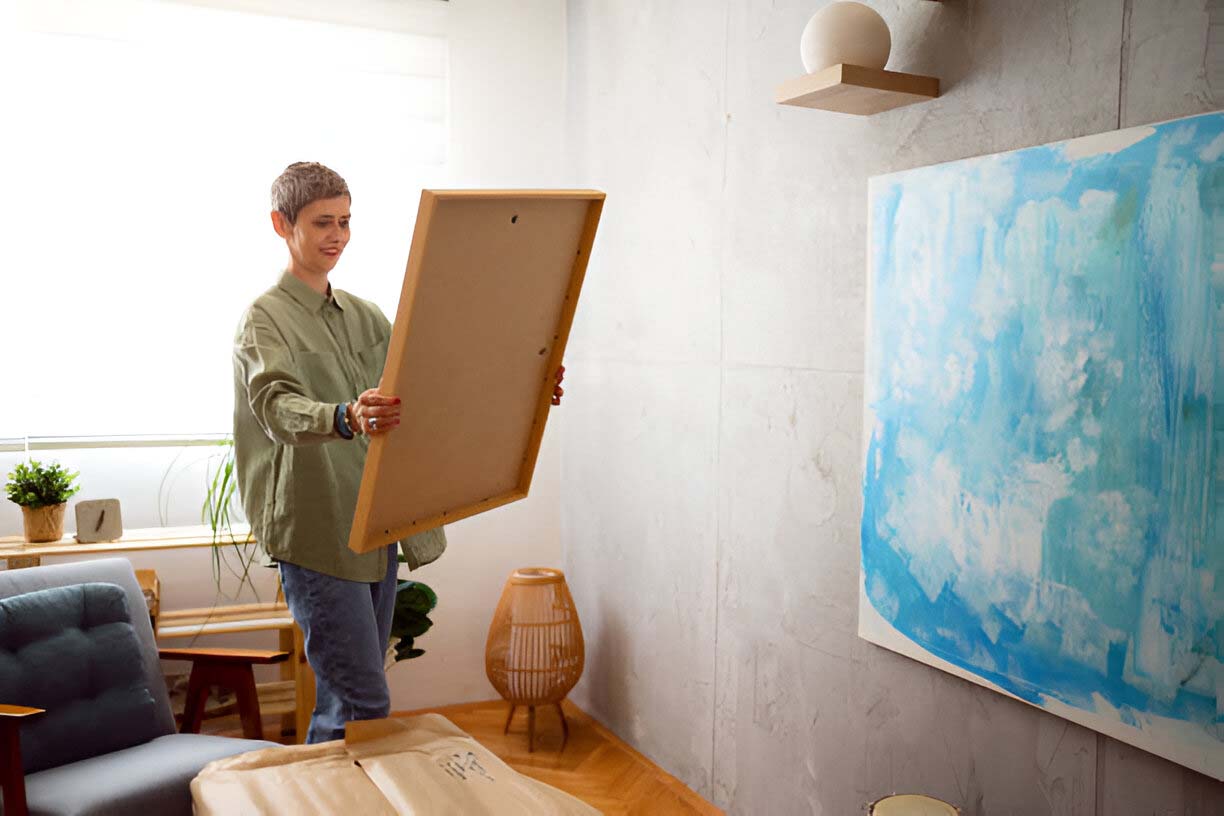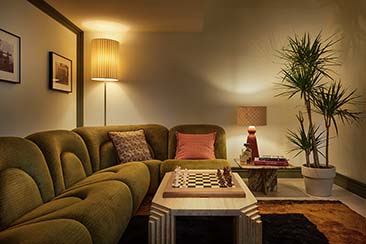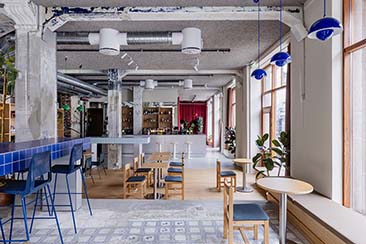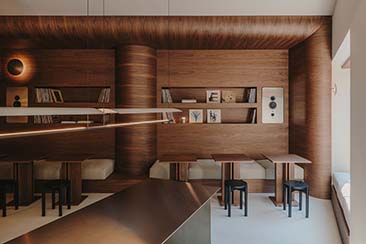Art decor is a powerful tool for transforming indoor spaces, infusing them with personality and emotion. Every brushstroke and sculpture tells a story, allowing individuals to express their unique tastes and experiences within their environment. From bold contemporary pieces that spark conversation to serene landscapes that evoke tranquility, art decor can dramatically alter the ambiance of a room. Beyond mere aesthetics, it impacts mood, inspiration, and even productivity, making it an essential consideration in interior design.
This guide will explore using art to enhance your indoor experience.
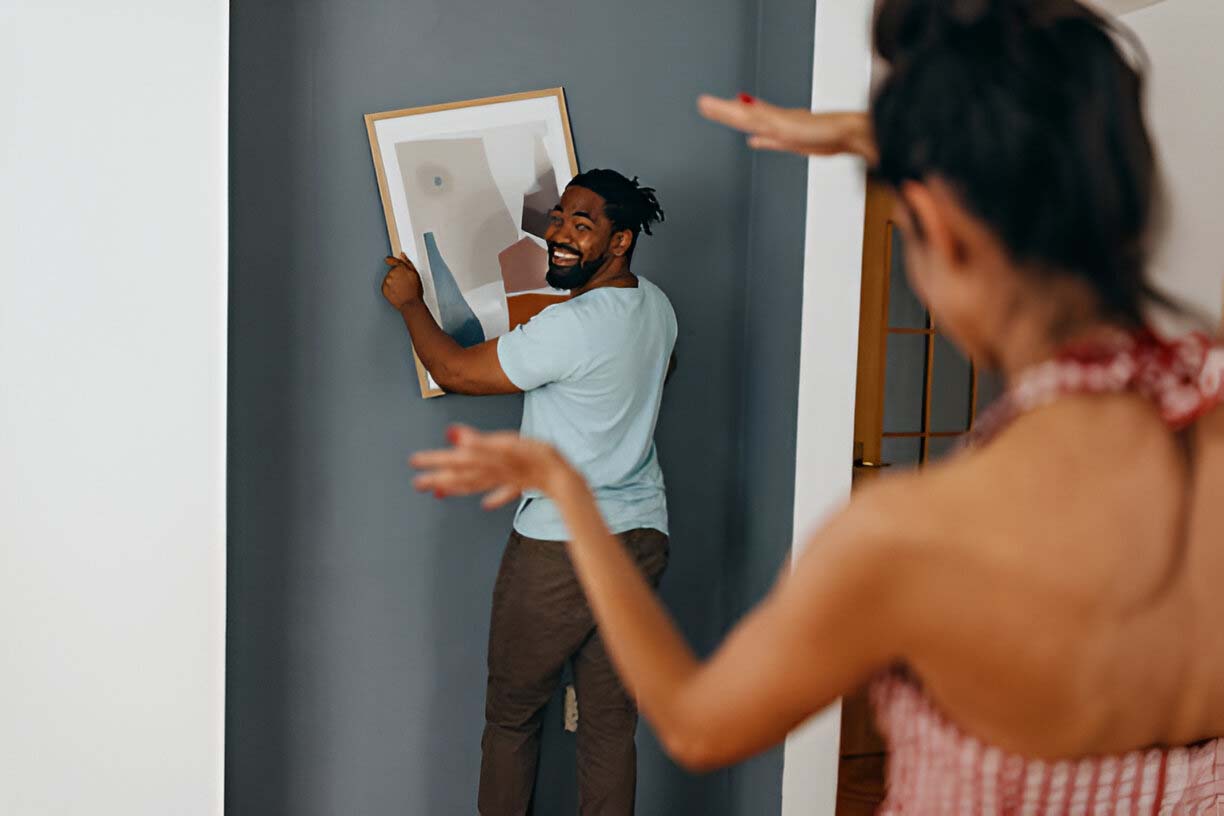
Personalization and Expression
Personalizing your indoor space with art allows you to showcase your individuality and create a sense of home. Incorporating pieces that reflect your experiences, interests, and aesthetics transforms the space into a reflection of who you are. Whether it’s vibrant Wall Art that captures a cherished memory, travel photographs, or local artists’ works that tell a community story, each element adds to your home’s unique narrative. By curating a collection that represents your identity, you invite guests to appreciate your journey.
Surrounding yourself with inspiring art can boost creativity and make everyday life more enjoyable, turning your indoor space into a visually appealing and personal gallery.
Creating a Focal Point
Art adds value to interior spaces by creating a focal point— a dominant element that draws the eye and anchors the room. It serves as a starting point for design and provides balance to other decor. By thoughtfully selecting and placing art pieces, you can create a focal point that reflects your personality and sets the room’s tone.
When selecting an art piece as a focal point, consider its size, color scheme, and subject matter. Larger pieces or groupings suit spacious rooms, while smaller pieces add interest to tighter spaces. The art’s color palette should complement or contrast the room’s existing colors, and the subject matter can align with the theme or stand out as a statement piece.
Setting the Mood
Art has an incredible ability to evoke emotions and set the mood in a room. Certain colors and subjects are known to elicit specific feelings, so you can use this knowledge to your advantage when incorporating art into your indoor space. For example, soft blues and greens are calming and ideal for bedrooms or relaxation areas, while bold abstract pieces can energize a workspace.
Furthermore, the art style should be considered when choosing pieces to set the mood. Abstract or contemporary art is more thought-provoking and can spark conversation, while landscapes or still-life pieces create a tranquil atmosphere. By being intentional with your art choices, you can create an indoor experience that aligns with your desired emotions. Art doesn’t have to be complicated or expensive to make an impact. Paint by numbers artwork, for instance, offers a charming blend of creativity and simplicity, allowing you to add a personal touch to your décor while evoking the emotions you wish to cultivate in your space.
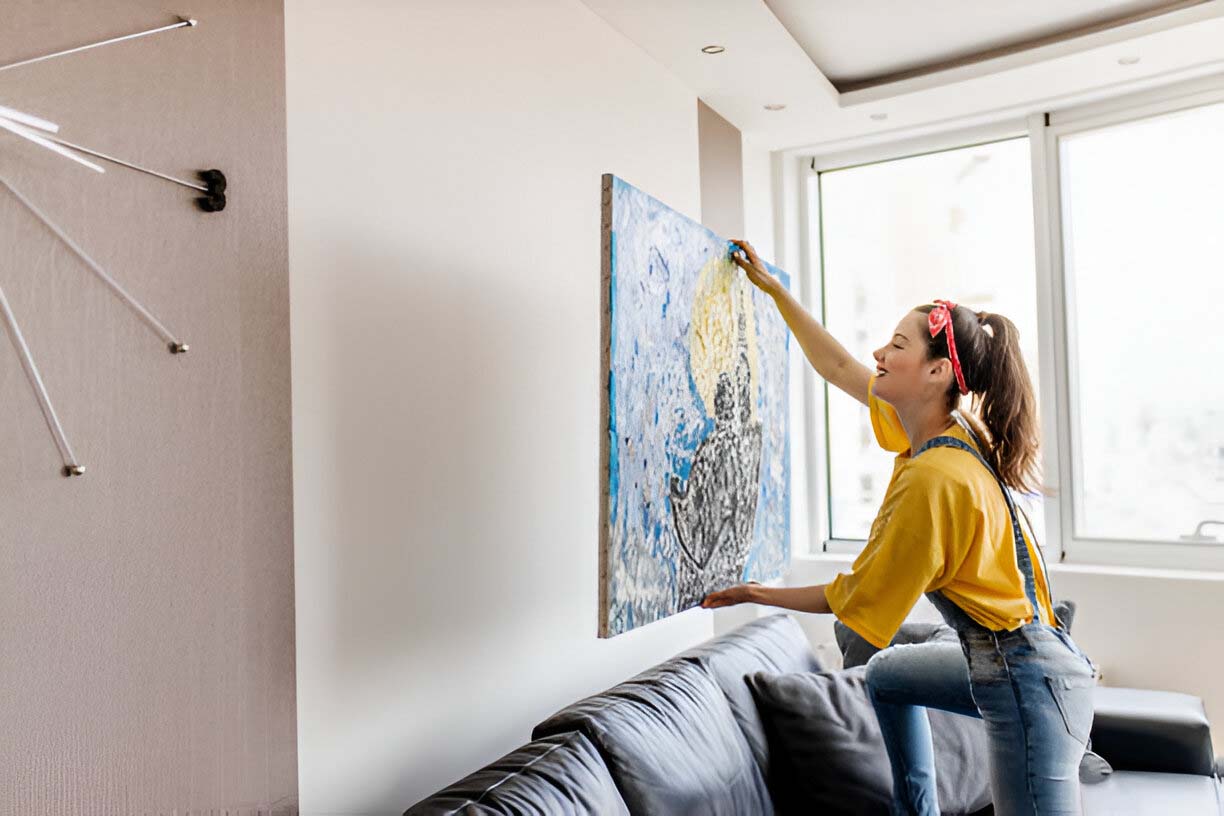
Enhancing Spatial Perception
Art can also powerfully enhance spatial perception in indoor spaces. By utilizing techniques such as color, perspective, and placement, you can make a room feel larger or smaller than it is. For instance, warm colors like reds and oranges can give the illusion of a smaller space, while cool colors like blues and greens can make a room feel more expansive.
Placing art strategically on furniture and other decor elements can also impact spatial perception. Hanging pieces lower on the walls or incorporating floor-to-ceiling art can create an intimate and cozy environment. Alternatively, placing pieces higher up or above eye level can draw the eye upward and make a room feel more spacious.
Encouraging Conversation and Connection
Art has a way of bringing people together, whether it’s through shared appreciation or sparking conversation. By displaying unique and thought-provoking pieces in common areas of your indoor space, you encourage guests to engage with one another and create connections. It can also serve as an icebreaker for new acquaintances or provide a window into someone’s interests and experiences.
Incorporating art that reflects diverse themes—like cultural heritage and social issues—sparks meaningful conversations that strengthen relationships and enhance understanding. When thoughtfully displayed in communal spaces like living rooms or dining areas, art creates an inviting atmosphere where connections flourish. This transforms indoor environments from simple refuges into vibrant interaction and community-building hubs.
Supporting Local Artists and Communities
Using art in interior design allows individuals to support and celebrate local artists and communities. By showcasing local talent, you promote cultural richness and diversity while fostering connections within your area. Supporting local artists can deepen your appreciation of the pieces, knowing the stories and inspiration behind them. It also helps sustain the local art scene, encouraging creativity and innovation in your community. Displaying these artworks can make your indoor environment a personal refuge and a celebration of local culture and creativity.
Incorporating art into your indoor space transcends mere decoration; it enriches the overall experience of your home. Whether through unique pieces that resonate with you or vibrant displays that stimulate the senses, art plays a pivotal role in shaping our environments. It invites beauty, reflection, and connection, fostering a deeper appreciation for the spaces we inhabit. Embrace the transformative power of art and let it inspire and elevate your everyday life.
